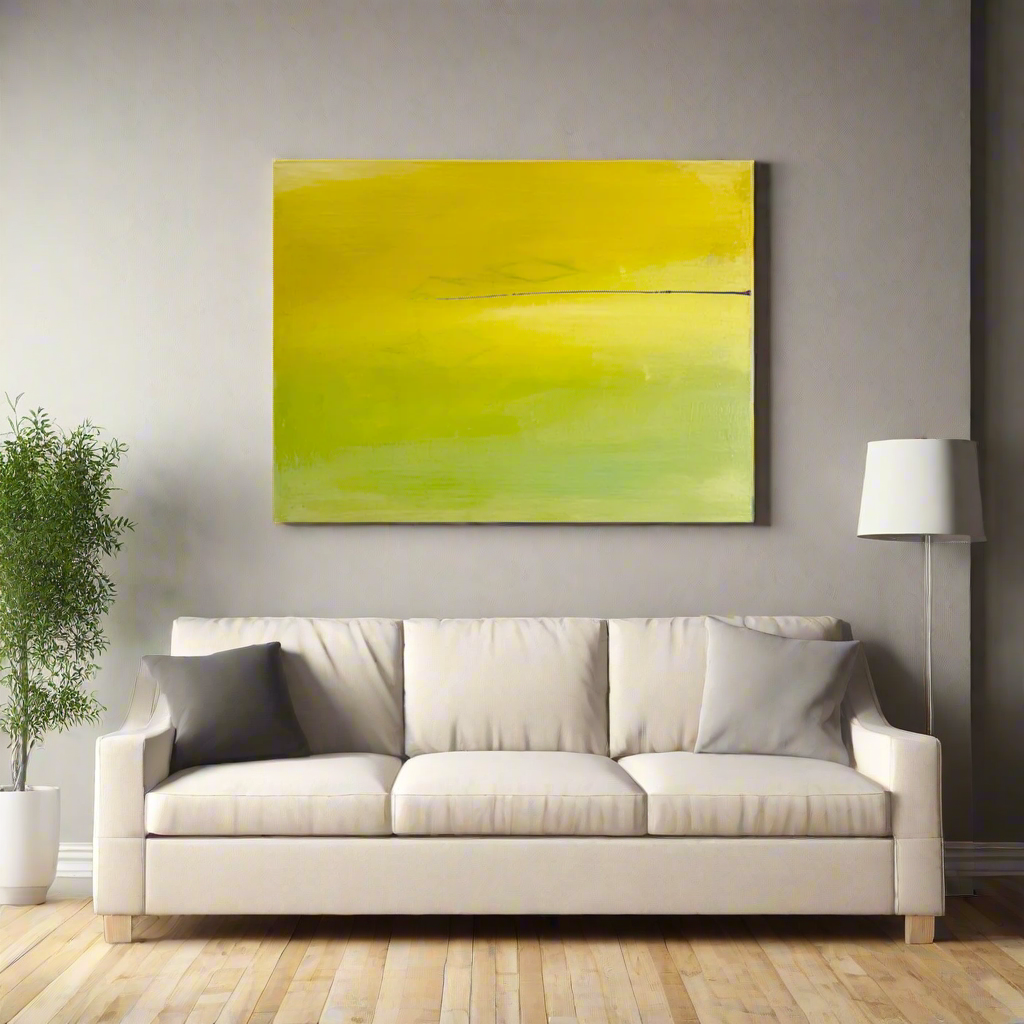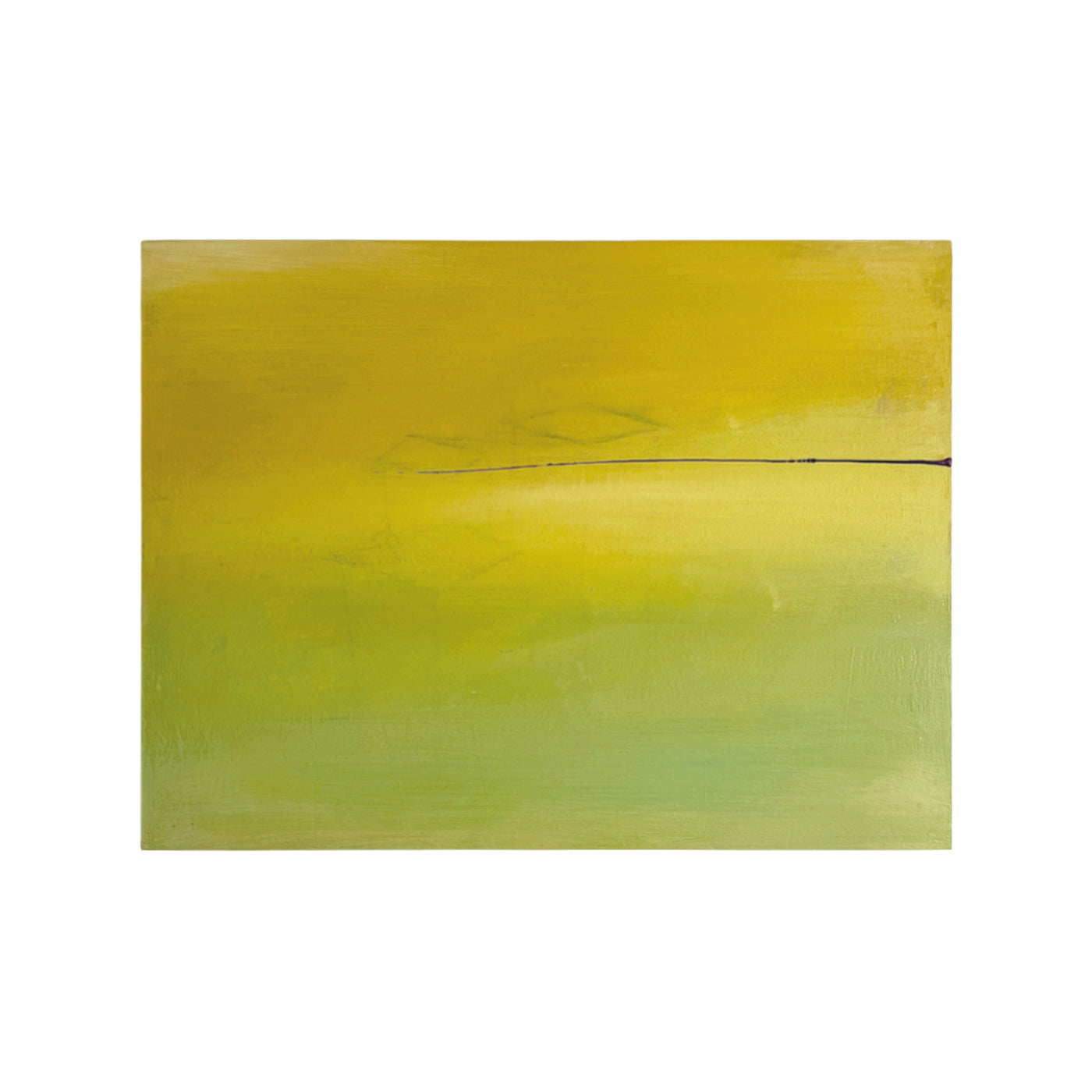Chasing Dreams
"This article, originally published in Zee Magazine (Spring 2005), captured Hardeep’s artistic journey and philosophy at the time. We have included the full text here to celebrate how he spoke about his work and dreams."
Chasing Dreams
As a young Sikh born and raised in Southall, west London, Hardeep Singh Ghatora is a true anomaly. Having left school at 18, he trained as an electronic engineer and later moved into the world of IT and stock trading, only to give it all up in favour of painting.
Luckily, taking the plunge into the financially unpredictable world of art and design didn’t prove a mistake. Hardeep, 37, is now a full-time artist creating contemporary and abstract pieces of art and sculpture from his home-based studio. Specialising in mixed media, Hardeep assembles and paints together to form totally unique pieces. Besides clients in the UK, he has created pieces for overseas buyers, and the odd Bollywood feature film, Shaadi Ka Laddoo, for example.
“I cannot describe my art. I paint what I feel inside and know that my paintings are my spirit. I feel that when I complete a painting I see a place that cannot be seen with a human eye - possibly regions that we only dream of”, says Hardeep of his work.
“I’ve been painting for ten years now, I wanted to study art at school but didn’t get the chance. Inside I yearned to do that, but as an Asian guy it was scary and I gave into peer pressure and cultural expectations. I knew my parents would try to talk me out of it."
"Years later I started in digital photography and then moved onto painting on wood panels and later canvas."
So when did Hardeep decide to get serious about art?
“I think the turning point for me came when I had my first canvas sale and saw how chuffed the buyer was. It wasn’t the money but more about the great feeling I got, knowing someone liked my work enough to buy it and hang it on their wall without looking at the fact that I was Asian,” answers Hardeep honestly.
The lack of obvious Asian influence in his paintings is something that has developed unintentionally. “It just happened that way. Funnily enough, I’ve had a few people, including other artists, come up to me and say they can see an Asian influence in my work, even though I can’t see it myself. It’s probably the warm, wild colours they are referring to.”
With prices well below those of galleries and art shops (which range from a respectable £150 to £600), each work is one of a kind and can be made to order, or viewed and bought online or in person. But money doesn’t seem to be of prime concern to Hardeep. “I don’t see my work as a business or a hobby. Painting is pure enjoyment for me. The value of a piece is dependent on the time, effort and amount of materials that go into it, and I would never produce just to make a quick buck,” he declares.
So what do Hardeep’s loved ones make of his art? “My family had seen me go through so many different professions they thought it was just another phase. But when they saw me selling and building a studio they knew I was serious,” laughs Hardeep. “My wife and kids love what I do. My parents in particular didn’t know how to look at my paintings at first. My mother liked them and understood it was something to do with modern art, but my father couldn’t grasp what I was doing. But they have always been supportive, and are proud that somebody in our family is doing something different.”
And Hardeep doesn’t want it to stop there - If he can break away from traditional career paths, so can other second and third generation Asians. "I would love more Asians, especially male Asians, to get interested in art, because I personally don't k ow any who are. The only famous make British Asian artist I have heard of is the sculptor Anish Kapoor. Surely there should be more like him on the scene? If after reading this article some young Asian kid picks up a paintbrush, that really would be a great achievement for me.”


